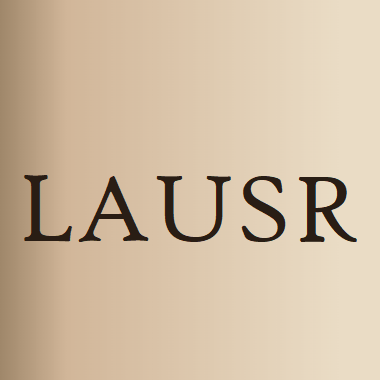
N-doped mesoporous carbon spheres (NHMC@mSiO2) encapsulated in silica shells were prepared by emulsion polymerization and domain-limited carbonization using ethylenediamine as the nitrogen source, and Ru-Ni alloy catalysts were prepared for… Click to show full abstract
N-doped mesoporous carbon spheres (NHMC@mSiO2) encapsulated in silica shells were prepared by emulsion polymerization and domain-limited carbonization using ethylenediamine as the nitrogen source, and Ru-Ni alloy catalysts were prepared for the hydrogenation of α-pinene in the aqueous phase. The internal cavities of this nanomaterial are lipophilic, enhancing mass transfer and enrichment of the reactants, and the hydrophilic silica shell enhances the dispersion of the catalyst in water. N-doping allows more catalytically active metal particles to be anchored to the amphiphilic carrier, enhancing its catalytic activity and stability. In addition, a synergistic effect between Ru and Ni significantly enhances the catalytic activity. The factors influencing the hydrogenation of α-pinene were investigated, and the optimum reaction conditions were determined to be as follows: 100 °C, 1.0 MPa H2, 3 h. The high stability and recyclability of the Ru-Ni alloy catalyst were demonstrated through cycling experiments.
Journal Title: ChemPlusChem
Year Published: 2023
Link to full text (if available)
Share on Social Media: Sign Up to like & get
recommendations!